
We are reader-supported and may earn a commission on purchases made through links in this article.
A Visit to Xanten, Germany
The city of Xanten, in the German state of North Rhine-Westphalia, near the border of the Netherlands, is well known among German people. It plays a part in the Saga of the Nibelungs as the home country of the brave hero Siegfried. And, of course, the city has a museum about Siegfried.
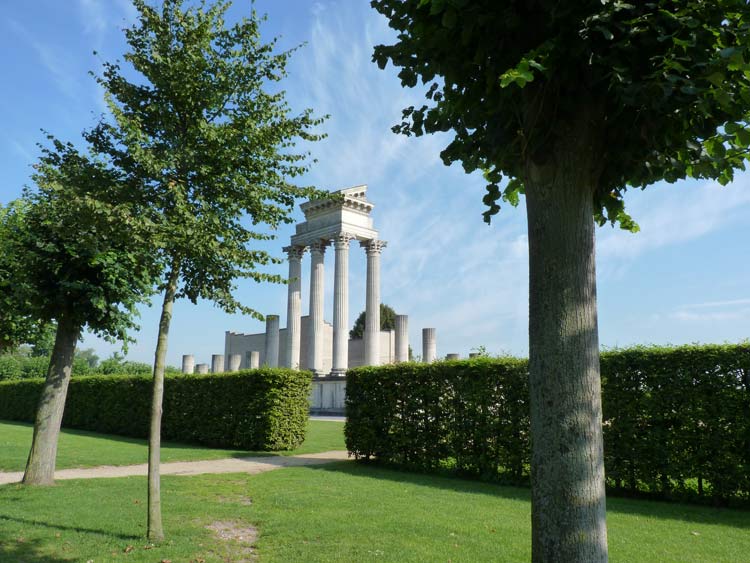
The city’s special history might be boring in comparison to the historical places of Italy, but, still, it has a great significance for archaeology and our understanding of the Roman Empire. Next to Xanten’s Old Town, there is an old Roman city. Parts of it were reconstructed and are now used for tourism.
Planning a trip to Germany? Then make sure you know the basics of German and check out Babbel. From beginner to fluent in a matter of weeks, plan the language courses to fit your schedule here.
My first trip to Xanten happened in the late summer of 2015. I got accepted for a project called Internationale Archäologische Sommerakademie Xanten. Students from all over the world participated for four weeks in an archaeological excavation and lived in a reconstructed Roman hostel.
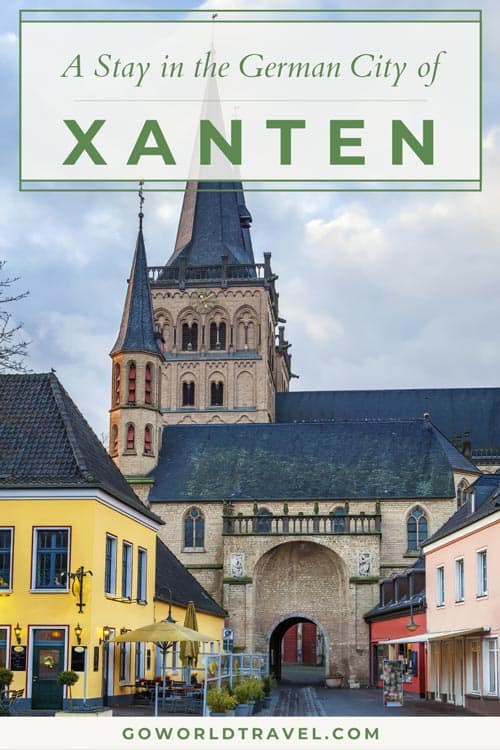
Where I Stay
The hostel consisted of a ground floor and a first floor. On the ground floor, there were dining rooms, a kitchen, the apartment of the owner and a festival hall. There were the guests’ dormitories on the first floor, with two to five beds. Modern additions included bathrooms and a big kitchen upstairs. Attached to the hostel were a small bath and a Roman latrine.
It is not necessary to be a student of classical archaeology to be accepted for the project. I met students of art history, history in general, Latin philology and geology. I was studying Egyptology. In total they had two campaigns for 15 students each.
The Romans built a military camp around 13-12 B.C. Supply craftsmen and prostitutes came as well, as did some family members of the soldiers. Some time went by and the small village grew bigger. Around 100 A.D. the Roman emperor Trajan transformed the small village into a city.
The old settlement was destroyed and in the same area they built the new city. Since then it was the Colonia Ulpia Traiana, known as CUT.
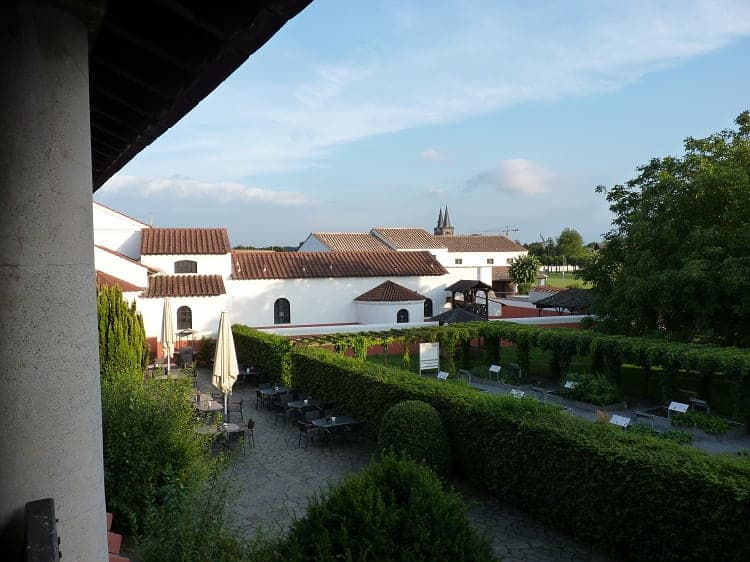
Present Condition of CUT
Today the CUT is a huge archaeological site. Most of the insulae are not excavated to preserve the remaining for future archaeologists. An insula is a square of a Roman city on which residents or administrative buildings are built, similar to a modern house block.
In the APX (Archäologischer Park Xanten) they spend a good amount of energy to re-create parts of the CUT, like the Basilica, the artisan district, the arena and small parts of the city wall. The reconstructions are very detailed and also show certain parts of the architecture, which are crucial for understanding.
They also created a model of the city that is displayed all around the Roman city area and as well in the museum. The insulae are just idealized patterns, but the main buildings, like the Basilica, the city bath and the temples are based on what the archaeologists have found. In the former Basilica they placed a museum about the settlement.
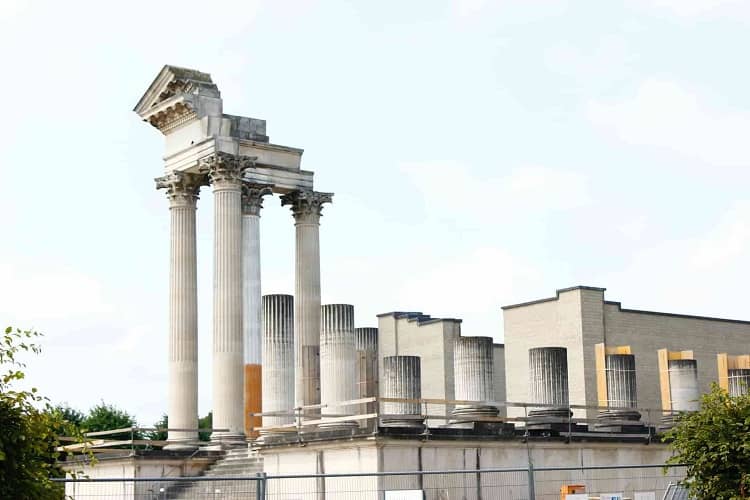
The main baths are attached to the museum. Visitors enter them through the museum. The reconstruction of the baths is made of steel and covered with glass; with that they reshape the architecture, but still leave space for the ancient architecture.
As beautiful as these huge, representative buildings are, I fell in love with the reconstructed quarter at the port gate, the artisans district. The hostel is located there, together with a tavern, a restaurant placed in the rooms of the ancient dining rooms, workshops and residential buildings of the craftsmen with backyards, where the slaves lived or little gardens were set up to feed the family.
In this small area it is easy to imagine how the Romans lived and what their daily life looked like. In the museum this imagination is brought to life with short movie clips over the displayed model.
If you visit during the summer, there are re-enactors in the CUT for some weekends and they will show how Roman crafting is done, how the Romans dressed and produced the fabrics and what they ate. I lived in the hostel for four weeks and it is still one of my favorite memories and the CUT one of my favorite spots on earth.

A Walk To Old Town
From the CUT it is a short walk to the old town. This city is part of the St. James Way, the Camino de Santiago. The pilgrimage is based on the medieval trading route, which in turn is based on the ancient road attached to the limes.
The medieval city was religious, because the Cathedral, a smaller one though, was built on top of the suspected graves of the martyr Victor of Xanten. Attached to that is a museum and a school for priests.
During the medieval times and the renaissance Xanten remained an important pilgrimage center. As the people of the city began to use stone for their houses they used the ancient Roman city as a quarry, even started digging for more stones, as there were no more stones on the surface to be found.
The architecture of the old town is highly influenced by the Netherlands, because the city is very near the Netherlands and once was a more or less important trading market to Germany. The old town consists of scenic streets and it has unique stores.
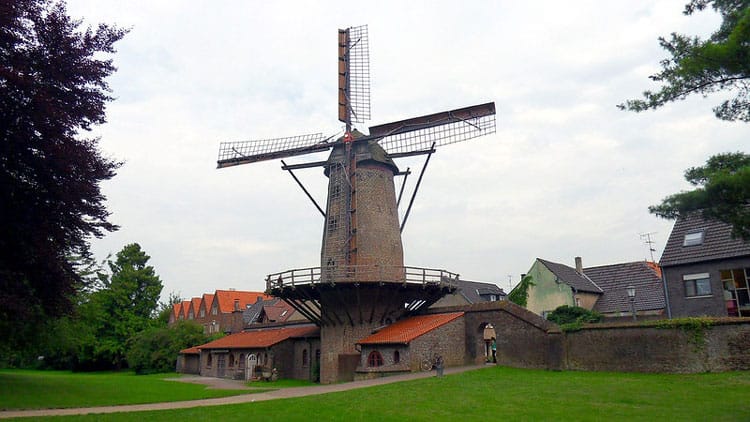
Recommendations For Your Xanten Stay
If you are looking for accommodations I can recommend one of the three apartments within the Klever Tor. You can also book the house in the old town, facing the city wall and near the Mill of Kriemhild.
This Mill is attached to the city wall and produces its own bread. Or are you more interested in the apartment next to the cathedral? There are plenty of opportunities in the old town and around the whole city. The easiest way to book your own apartment or condo stay is through VRBO. You can find every spot available in the city here.
The cheaper one though is the German youth hostel at the lake of Xanten. The lake offers several beaches, for one you have to pay an entrance fee, but the others are free. There is a boat hire business as well and a walk around the lake will show you more traces that were left by the Romans. If you want to try every restaurant and bistro in the town it will take you around three weeks.
Inspire your next adventure with our articles below:
Author’s Bio: Toni Löschner has studied Egyptology, has worked in museums and is currently working in the field of Archaeology. She has loved creative writing since she was 9 and has written nearly 100 short stories and five novels. With her boyfriend Rob Schmidt, she loves to travel, and they enjoy going on short trips. They started a travel blog, Take Your Shoes Off, in the summer of 2020. See @adventuregirl_31.
